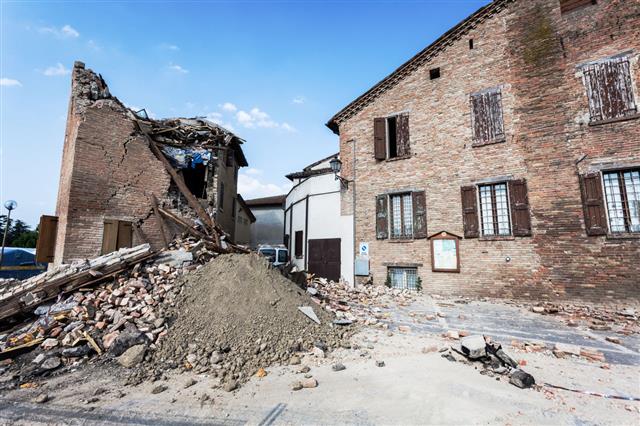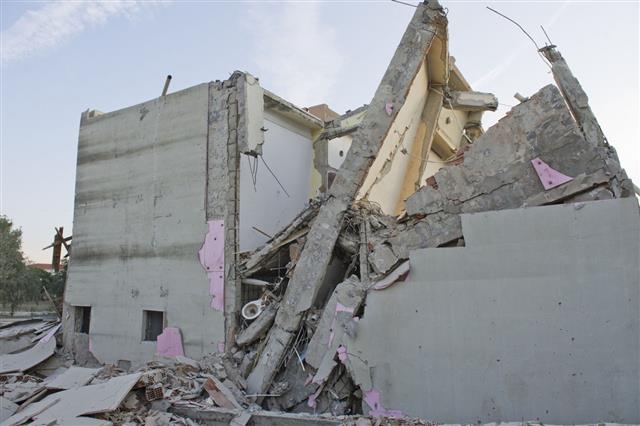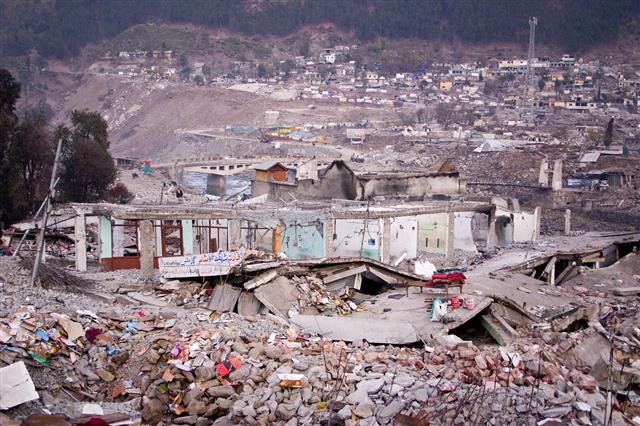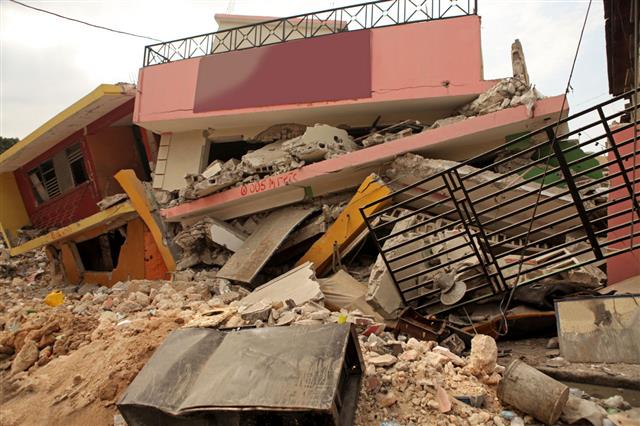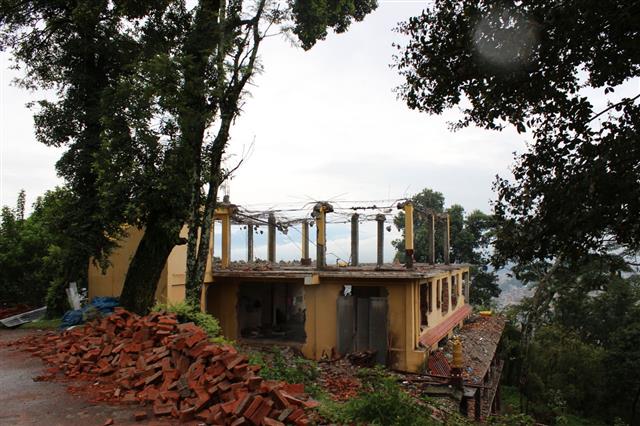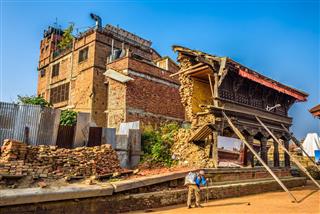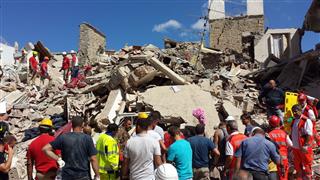
Richter scale, which is used for measuring the intensity of earthquakes, was developed by Charles Richter of the California Institute of Technology, in 1935. This ScienceStruck article provides facts on Richter scale for kids.
Earthquakes are characterized by shaking at the surface of the earth. They happen along the ‘fault lines’ on the crust of the earth. Basically, the vibrations are felt due to the seismic waves that occur due to the sudden release of energy stored in the crust. Efforts are being made by the scientists, so that they are able to predict earthquakes. Even if the earthquakes cannot be predicted, their intensity can be measured with the help of an instrument called ‘Richter Scale’.
Richter Scale Explained
The Richter scale is a scale that is used to express the magnitude of an earthquake on the basis of the size of seismograph oscillations. It was developed by Charles Richter in 1935. It is also known as Richter magnitude scale. It is used to measure the intensity of the earthquake. A single number is assigned to quantify the amount of seismic energy released by an earthquake. This number is ascertained and calculated with the help of information that is gathered by a seismograph.
The magnitude is a base-10 logarithmic scale. In other words, when there is a whole number jump, it indicates a ten-fold increase in the magnitude of the earthquake. Therefore, an earthquake with 6 on the Richter scale is 10 times greater than an earthquake with 5 on the same. Therefore, the increase in intensity between an earthquake of 5 and 7 on the Richter scale is 100 times. Let us look at a few facts about earthquakes and their numbers on the Richter scale. For kids, this might prove to be useful in gauging the strength and fury of an earthquake.
Interesting Facts
The largest earthquake ever recorded on a Richter scale is 9.5. It must be noted that there have been earthquakes that have been far more stronger in intensity than this earthquake.
Majority of the earthquakes, which have been recorded till date, have been less than 3 on the scale. They are actually tremors, that are not felt by humans, and are known as microquakes.
The earthquakes that cause damage are more than 4 on the Richter scale.
A major earthquake is the one which registers more than 7 on the Richter scale.
| Magnitude of Earthquake on Richter Scale | Description of the Earthquake | Effects of the Earthquakes | Occurrence Frequency |
| Less than 2.0 | Micro | The earthquake is not felt | Approximately 8000 per day |
| 2.0 to 2.9 | Minor | Normally not felt, but recorded | Approximately 1000 per day |
| 3.0 to 3.9 | Minor | Normally felt, but the likelihood of damage is rare | Approximately 49,000 per year |
| 4.0 to 4.9 | Light | Often felt indoors, with shaking of indoor items and rattling noises. It does not cause any significant damage. | Approximately 6200 per year |
| 5.0 to 5.9 | Moderate | Major damage can be caused to poorly constructed buildings, and little damage to well-constructed buildings | Approximately 800 per year |
| 6.0 to 6.9 | Strong | It can be very destructive in areas as far as 160 kilometers from the epicenter in populated areas. | Approximately 120 per year |
| 7.0 to 7.9 | Major | It is known to cause severe damage over larger areas. | Approximately 18 per year |
| 8.0 to 8.9 | Great | It can cause severe damage in several hundred miles across. | Approximately 1 per year |
| 9.0 to 9.9 | Great | Devastating in areas for several thousands of miles | Approximately 1 per 20 years |
| 10.0 + | Epic | Has never been recorded | Extremely low and cannot be estimated |
It must be noted that the effects of earthquakes that are given in the aforementioned table are for shallow earthquakes in a populated area. Although the biggest earthquake ever recorded and other larger earthquakes do have a large magnitude on the Richter scale, they do not necessarily cause intense surface effects. There are other factors such as the local surface and subsurface geologic conditions, etc., that have a role to play. For instance, if a particular area has unstable ground, such as sand or clay, it is very likely to experience more noticeable effects, in comparison to an area at an equal distance from the earthquake’s epicenter, but has firm ground, like granite, marble, etc.
